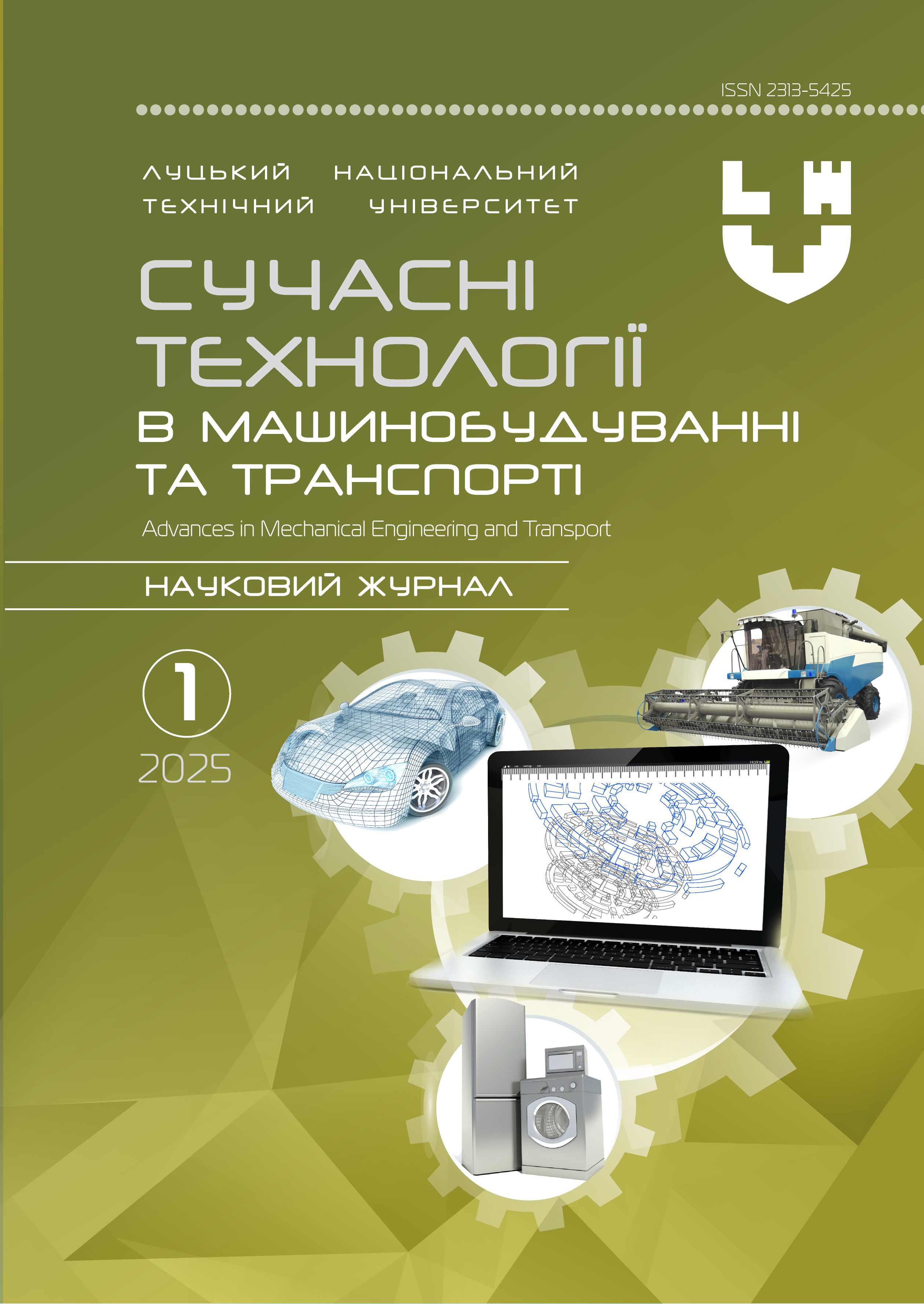Analysis of Research on Pneumatic Automotive Engines
Abstract
Compressed air is already being actively used in various types of energy systems: for turbocharging internal combustion engines, in hybrid energy systems under partial engine operating conditions, in integrated installations with variable operating cycles combining an internal combustion engine (ICE) and a pneumatic engine where only compressed air is used. In such systems, exhaust air with residual pressure can be reused in other cylinders or stored in tanks for further use. Air can be stored under very high pressure without loss, even over a long period. Compressed air is the most stable source of energy. It is not dependent on temperature changes or weather conditions. Once compressed, air can be used at any moment without pressure loss.
The disadvantages of pneumatic vehicles have been identified. In particular, even under high pressure conditions, compressed air contains significantly less energy compared to other energy sources for transportation, such as liquid or gaseous fuels and batteries. The low energy density of compressed air is a significant obstacle that may lead to low dynamic performance of the engine or vehicle. To ensure continuous compressed air supply during operation, engine power or vehicle speed must be limited. Moreover, the air storage tanks must have a large volume to hold a sufficient amount of compressed air, which complicates the spatial layout of the vehicle.
A pneumatic transmission is proposed, consisting of a pneumatic actuator and an electric control and supply unit. The electric unit (battery and controller) is used to power the compressor and control the compressed air supply valve. The pneumatic actuator forms the working medium (compressed air) and delivers it to the vane-type actuator motor.
Keywords: pneumatic vehicles, compressed air, pneumatic transmission, vane motor, rotary vane engine.




